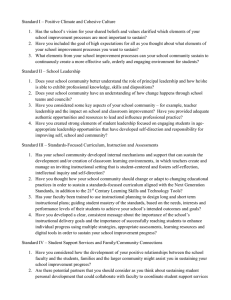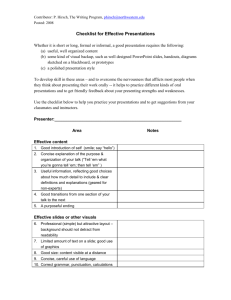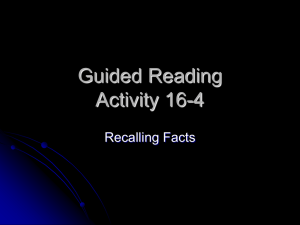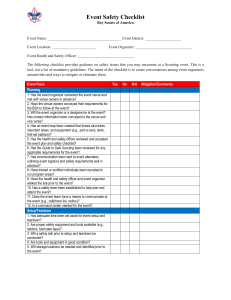Sustainability Checklist - the Healthy NC Improvement App (IMAPP)
advertisement
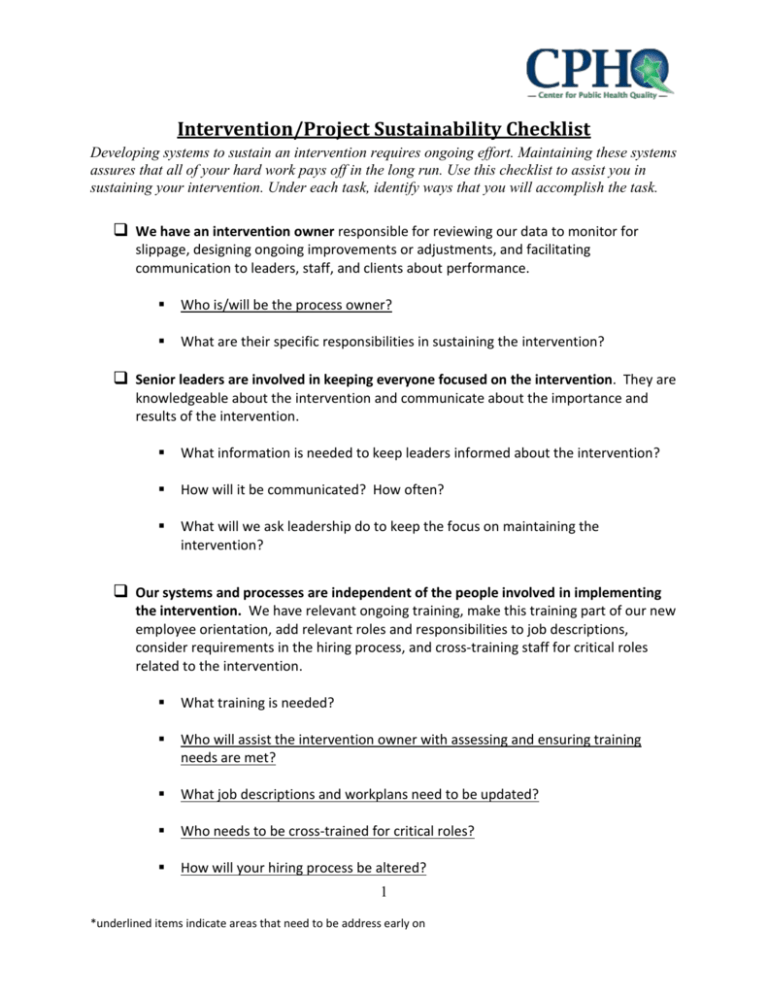
Intervention/Project Sustainability Checklist Developing systems to sustain an intervention requires ongoing effort. Maintaining these systems assures that all of your hard work pays off in the long run. Use this checklist to assist you in sustaining your intervention. Under each task, identify ways that you will accomplish the task. We have an intervention owner responsible for reviewing our data to monitor for slippage, designing ongoing improvements or adjustments, and facilitating communication to leaders, staff, and clients about performance. Who is/will be the process owner? What are their specific responsibilities in sustaining the intervention? Senior leaders are involved in keeping everyone focused on the intervention. They are knowledgeable about the intervention and communicate about the importance and results of the intervention. What information is needed to keep leaders informed about the intervention? How will it be communicated? How often? What will we ask leadership do to keep the focus on maintaining the intervention? Our systems and processes are independent of the people involved in implementing the intervention. We have relevant ongoing training, make this training part of our new employee orientation, add relevant roles and responsibilities to job descriptions, consider requirements in the hiring process, and cross-training staff for critical roles related to the intervention. What training is needed? Who will assist the intervention owner with assessing and ensuring training needs are met? What job descriptions and workplans need to be updated? Who needs to be cross-trained for critical roles? How will your hiring process be altered? 1 *underlined items indicate areas that need to be address early on We create, adapt, or use existing tools (i.e. checklists, visual aids, policies and procedures, etc.) to make it easier for everyone to follow the new procedures and systems we have established as part of the intervention. What tools should be created or adapted? Who will create and adapt needed tools? How will the information be communicated to staff and others involved in implementing the intervention? We continuously monitor data in order to know for ourselves: “Is it still working?” Once our goals are reached we shift to an auditing mode (decreasing the frequency and quantity of data collected) so that data collection is easier to sustain. What are the “vital few” measures that will be tracked over time? What data no longer needs to be collected? How often will the data be collected (should be "just enough")? Who will continue to collect the data? How will the results be reported to management? How will we act on the results if improvements are needed? 2 *underlined items indicate areas that need to be address early on
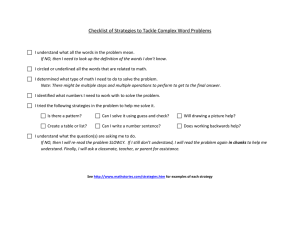
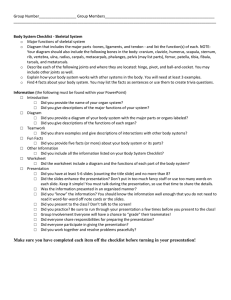

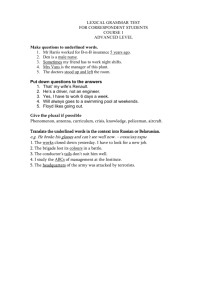
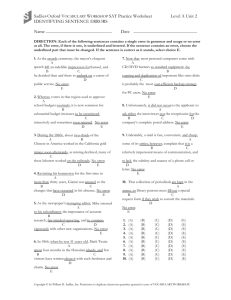
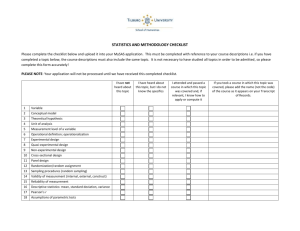
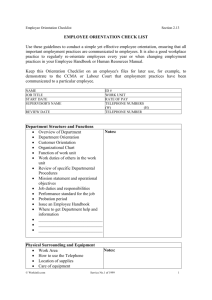
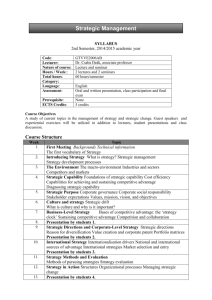
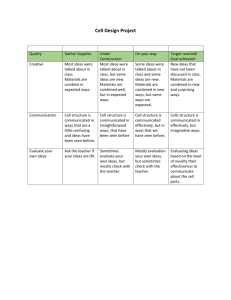
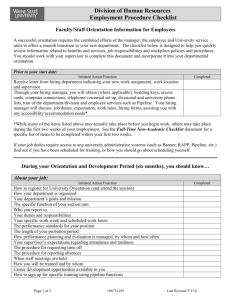
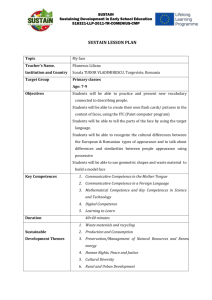



![Assumptions Checklist [Word File]](http://s3.studylib.net/store/data/005860099_1-a66c5f4eb05ac40681dda51762a69619-300x300.png)

